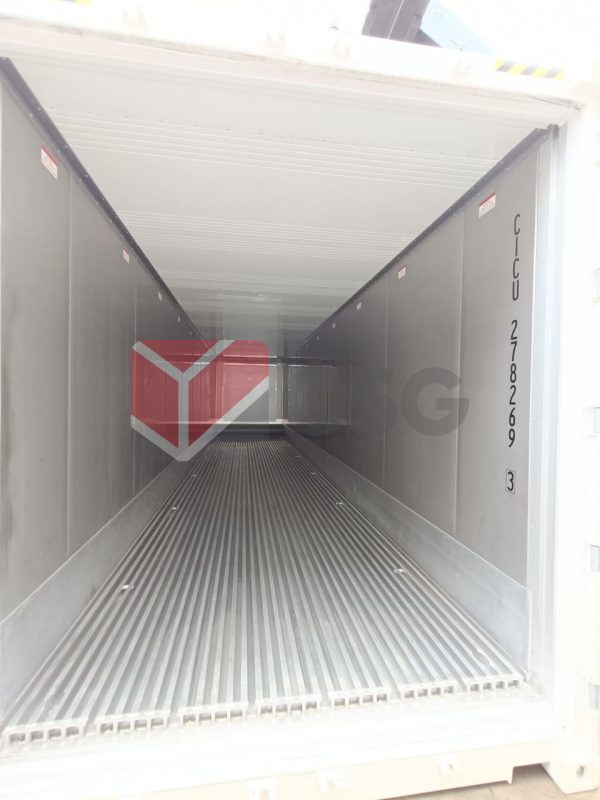Building a Shipping Container Home: What You Need to Know Before Starting

In recent years, shipping container homes have gained popularity as an innovative and eco-friendly housing solution. These homes offer a unique blend of sustainability, affordability, and modern design. However, embarking on a shipping container home project requires careful planning and consideration. Here’s a comprehensive guide to help you navigate the process.
1. Understanding Shipping Container Homes
Shipping container homes are constructed from repurposed shipping containers, typically made of steel. They offer a sturdy and modular base for building a home. These containers come in standard sizes, usually 20 feet or 40 feet long, and can be combined or stacked to create various floor plans and designs.
2. Advantages of Shipping Container Homes
Cost-Effectiveness: Shipping container homes are often more affordable than traditional construction. The containers themselves are relatively inexpensive, and the modular nature of the design can reduce labor costs.
Durability: Made from steel, shipping containers are incredibly durable and weather-resistant. They can withstand harsh environmental conditions, including strong winds and heavy snow.
Sustainability: Repurposing shipping containers is an environmentally friendly option. It reduces waste and minimizes the need for new construction materials, making it a green choice for eco-conscious homeowners.
Customizability: Shipping containers offer a high degree of flexibility in design. They can be customized to fit a variety of needs, from compact studio apartments to spacious family homes.
3. Key Considerations Before You Start
Local Building Codes and Zoning Laws: Before beginning your project, check with local authorities about zoning regulations and building codes. Some areas may have restrictions on using shipping containers as residences. Ensure you comply with all legal requirements to avoid costly delays or modifications.
Site Preparation: The location where you place your shipping container home is crucial. Consider factors like soil stability, drainage, and accessibility. The site must be properly prepared to support the weight of the container and prevent issues such as flooding or settling.
Container Quality: Not all shipping containers are created equal. Choose containers that are in good condition, free from rust and damage. Opt for high-quality containers to ensure the structural integrity and longevity of your home.
Insulation and Ventilation: Shipping containers can become extremely hot or cold due to their metal construction. Proper insulation is essential to regulate temperature and improve comfort. Additionally, ensure adequate ventilation to prevent issues like condensation and mold growth.
Design and Layout: Plan your design carefully. Shipping containers offer limited space, so maximizing functionality and comfort is key. Work with an architect or designer experienced in container homes to create a layout that meets your needs and preferences.
4. Construction Process
Foundation: Shipping containers require a solid foundation to rest upon. Common options include concrete piers, slab foundations, or footings. The foundation must be level and stable to support the container’s weight.
Modifications: Containers often need modifications to accommodate windows, doors, and other features. Cutting through the steel requires special tools and expertise. Ensure modifications are done professionally to maintain the container’s structural integrity.
Utilities: Plan for the installation of essential utilities, such as plumbing, electrical wiring, and HVAC systems. Integrating these systems into a shipping container requires careful planning to ensure everything functions efficiently and safely.
Interior Finishes: Once the structural work is complete, focus on interior finishes. Insulation, drywall, flooring, and cabinetry should be installed to create a comfortable living space. Choose materials that complement the container’s industrial aesthetic while providing functionality and style.
5. Challenges and Solutions
Permits and Inspections: Obtaining permits and passing inspections can be a challenge. Work closely with local authorities and ensure all paperwork is in order. Hiring a knowledgeable contractor can help navigate this process smoothly.
Weatherproofing: Ensure the container is properly sealed to prevent leaks and drafts. Use weatherproofing materials and techniques to protect against the elements and enhance the home’s longevity.
Resale Value: While shipping container homes are becoming more popular, resale value can vary. Consider how the unique nature of a container home might affect its marketability in the future.
6. Conclusion
Building a shipping container home can be a rewarding and innovative project. By understanding the key considerations and addressing potential challenges, you can create a unique, sustainable, and cost-effective living space. Whether you’re drawn to the eco-friendly aspects or the modern design possibilities, a shipping container home offers a fresh approach to residential construction. With careful planning and execution, your container home can be both functional and stylish, offering a unique place to call home.

